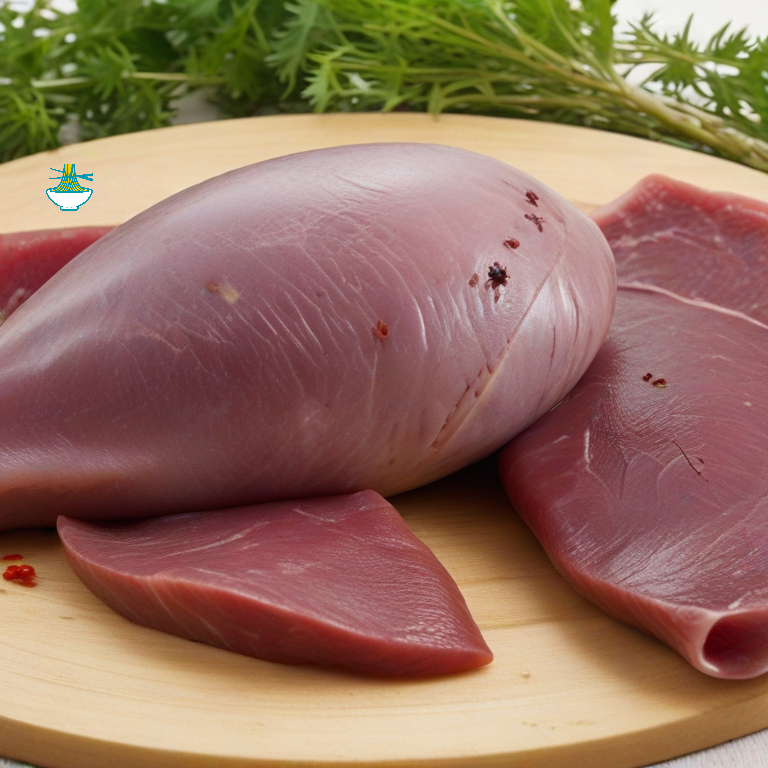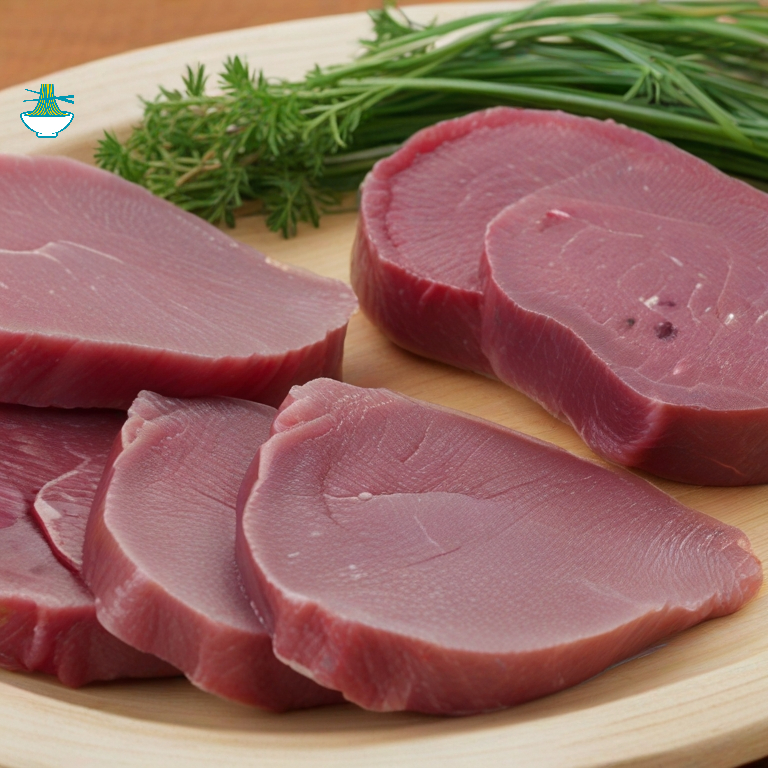Indulge in the rich culinary heritage of the Arctic with our premium Greenland Seal Meat. Harvested sustainably from the pristine icy waters surrounding Greenland, this delicacy offers a unique blend of flavors and textures, sure to tantalize the taste buds of adventurous epicureans. Known for its tender, succulent flesh and distinctive taste, Greenland Seal Meat is a cherished traditional dish in many Arctic communities. Whether grilled, stewed, or prepared in traditional recipes passed down through generations, each bite promises a journey through the rugged landscapes of the far north. Savor the essence of the Arctic with every savory morsel of our meticulously sourced Greenland Seal Meat.
Ingredients:
- 1 kg Greenland seal meat, diced
- 2 onions, chopped
- 3 carrots, sliced
- 3 potatoes, diced
- 2 cloves garlic, minced
- 2 tablespoons vegetable oil
- 4 cups water or seal broth
- Salt and pepper to taste
- 1 bay leaf
- 1 teaspoon dried thyme
- 1 teaspoon dried rosemary
- 1 teaspoon dried oregano
- 1 tablespoon all-purpose flour (optional, for thickening)

Instructions:
1- Heat the vegetable oil in a large pot over medium heat. Add the chopped onions and minced garlic. Sauté until the onions are translucent and fragrant.
2- Add the diced seal meat to the pot. Brown the meat on all sides, stirring occasionally.
3- Once the seal meat is browned, add the sliced carrots and diced potatoes to the pot. Stir to combine all the ingredients.
4- Pour in the water or seal broth to cover the meat and vegetables. Add the bay leaf, dried thyme, rosemary, and oregano to the pot. Season with salt and pepper to taste.
5- Bring the stew to a boil, then reduce the heat to low. Cover the pot and simmer for about 2-3 hours, or until the seal meat is tender and the vegetables are cooked through. Stir occasionally and add more water if needed to maintain the desired consistency.
6- Optional: If you prefer a thicker stew, mix 1 tablespoon of all-purpose flour with a little water to make a slurry. Stir the slurry into the stew and simmer for an additional 10-15 minutes until thickened.
7- Once the stew is cooked to your liking, remove the bay leaf and adjust the seasoning if necessary. Serve hot, garnished with fresh herbs if desired. Enjoy this comforting and hearty traditional Greenland seal meat stew with crusty bread or rice.
Nutritional Values:
Here's an approximate nutritional breakdown for the ingredients used in the traditional Greenland Seal Meat Stew recipe:
Greenland Seal Meat (per 100g):
- Calories: 166 kcal
- Protein: 25 g
- Fat: 6 g
- Carbohydrates: 0 g
- Fiber: 0 g
benefits:
- Rich source of protein, essential for muscle growth and repair.
- Contains healthy fats like omega-3 fatty acids, which support heart health and brain function.
Onions (per 100g):
- Calories: 40 kcal
- Protein: 1.1 g
- Fat: 0.1 g
- Carbohydrates: 9.3 g
- Fiber: 1.7 g
benefits:
- Provide antioxidants like quercetin, which may reduce inflammation and promote heart health.
- Contains prebiotic fibers that support gut health and digestion.
Carrots (per 100g):
- Calories: 41 kcal
- Protein: 0.9 g
- Fat: 0.2 g
- Carbohydrates: 9.6 g
- Fiber: 2.8 g
benefits:
- High in beta-carotene, a type of vitamin A that supports vision health and immune function.
- Good source of fiber, which aids digestion and helps maintain a healthy weight.
Potatoes (per 100g):
- Calories: 77 kcal
- Protein: 2 g
- Fat: 0.1 g
- Carbohydrates: 17 g
- Fiber: 2.2 g
benefits:
- Excellent source of vitamin C, which boosts immunity and supports collagen production for healthy skin.
- Provide complex carbohydrates for sustained energy and fiber for digestive health.
Garlic (per clove, approximately 3g):
- Calories: 4 kcal
- Protein: 0.2 g
- Fat: 0 g
- Carbohydrates: 1 g
- Fiber: 0.1 g
benefits:
- Contains allicin, a compound with antimicrobial properties that may help fight infections and support immune function.
- Rich in antioxidants, which protect cells from damage and reduce the risk of chronic diseases.
Vegetable Oil (per tablespoon, approximately 14g):
- Calories: 124 kcal
- Protein: 0 g
- Fat: 14 g
- Carbohydrates: 0 g
- Fiber: 0 g
benefits:
- Source of healthy unsaturated fats, which support heart health and reduce inflammation.
- Provides vitamin E, an antioxidant that protects cells from damage and supports skin health.
All-purpose Flour (per tablespoon, approximately 7g):
- Calories: 28 kcal
- Protein: 0.9 g
- Fat: 0.1 g
- Carbohydrates: 5.9 g
- Fiber: 0.2 g
benefits:
- Contains carbohydrates, which are the body's primary source of energy.
- Provides some protein and essential nutrients like iron and B vitamins, although refined flour lacks the fiber and nutrients found in whole grains.
These values are approximate and can vary based on factors such as cooking methods and specific ingredient brands. Additionally, the nutritional values provided are per 100 grams for most ingredients, but for some items like garlic, they are per clove, and for items like oil and flour, they are per tablespoon. Adjustments can be made based on serving sizes and individual dietary needs.


Comments